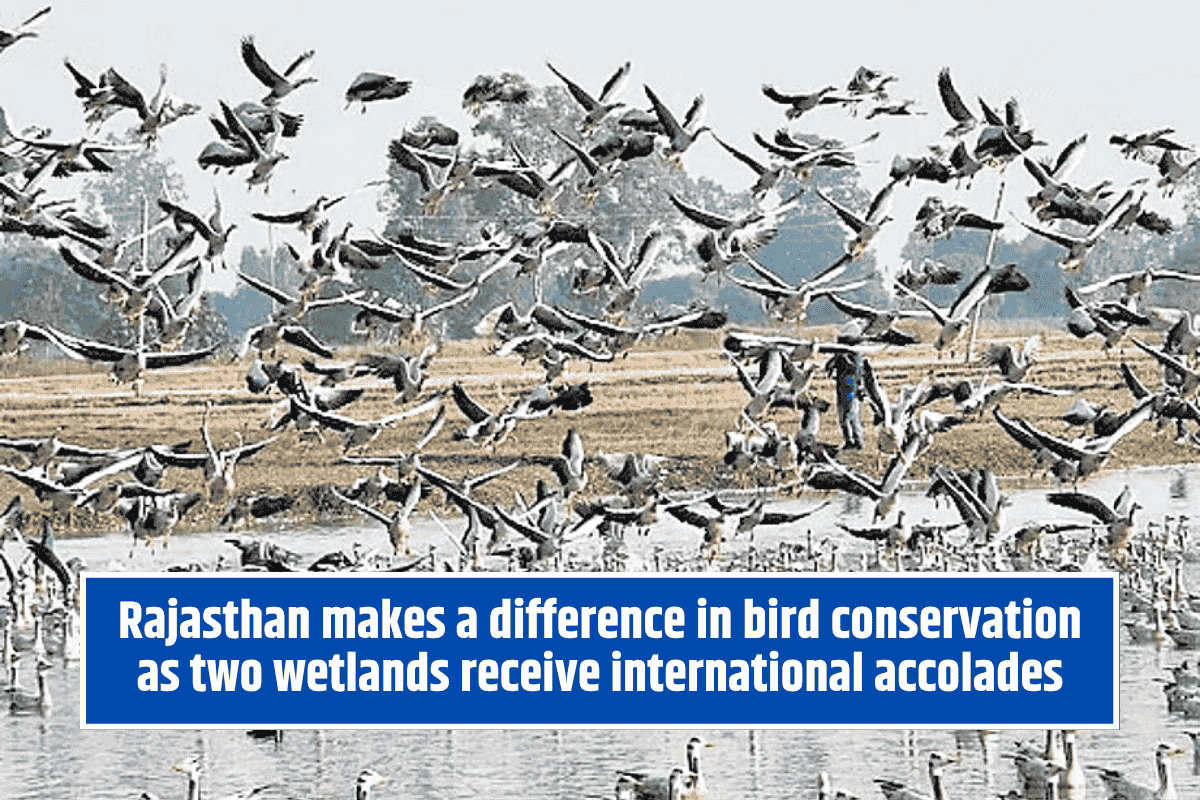Birds do more than just fly and sing—they molt, shedding and regrowing feathers, a crucial process for their survival. Molting affects everything from keeping warm to attracting mates. A new study from the University of Utah shows that this important process is now changing in response to climate change.
Tracking Changes in Molt Timing
Researchers studied over 22,000 birds from 134 species over 13 years at the Bonderman Field Station in southeastern Utah. They used mist nets during spring and fall migrations to catch birds, recording details like age, species, and molt stage before releasing them. The study found that birds are molting earlier in the fall—about one day earlier each year over the 13-year period—likely responding to climate shifts influenced by patterns like El Niño.
Why Molting Matters
Molting replaces old feathers with new ones, improving flight and even helping birds attract mates. Poor feather quality can make migration harder and reduce breeding success. Since molting requires a lot of energy, birds usually avoid doing it while migrating or breeding. Balancing these demands is critical for their survival.
Fall vs. Spring Molting Patterns
Interestingly, the study saw no overall change in spring molting times. This may be because spring migration is faster and more direct, pushing birds quickly to breeding grounds. Fall migration is slower and less direct, allowing more time for earlier molting. Some birds also breed earlier now, which could lead to earlier molting after breeding.
Challenges and Next Steps
To fully understand molting changes, scientists need to study birds at their breeding and post-breeding sites, not just migration points. This will help clarify how breeding and molting overlap, especially as climate shifts continue to alter natural rhythms.
Birds are adjusting their molt timing in response to changing climates, especially in fall. This adaptation shows their resilience, but how long they can keep pace with rapid environmental change remains uncertain. Continued research is vital to understanding and protecting these essential patterns of bird life.
FAQs
What is molting in birds?
Molting is the natural process where birds shed old feathers and grow new ones to maintain flight ability, insulation, and mating displays.
How is climate change affecting bird molting?
Birds are molting earlier in the fall, likely due to shifting climate patterns and earlier breeding seasons influenced by warming temperatures.
Why don’t birds molt during migration or breeding?
Molting requires a lot of energy, so birds avoid molting during energy-intensive periods like migration and breeding to conserve resources.
Did the study observe changes in spring molting?
No significant changes in spring molting timing were observed, possibly because spring migration is faster and more direct than fall migration.
Why is studying molting important for understanding climate change impacts on birds?
Molting timing changes reveal how birds are adapting to environmental shifts, helping scientists understand the effects of climate change on their life cycles and survival.











